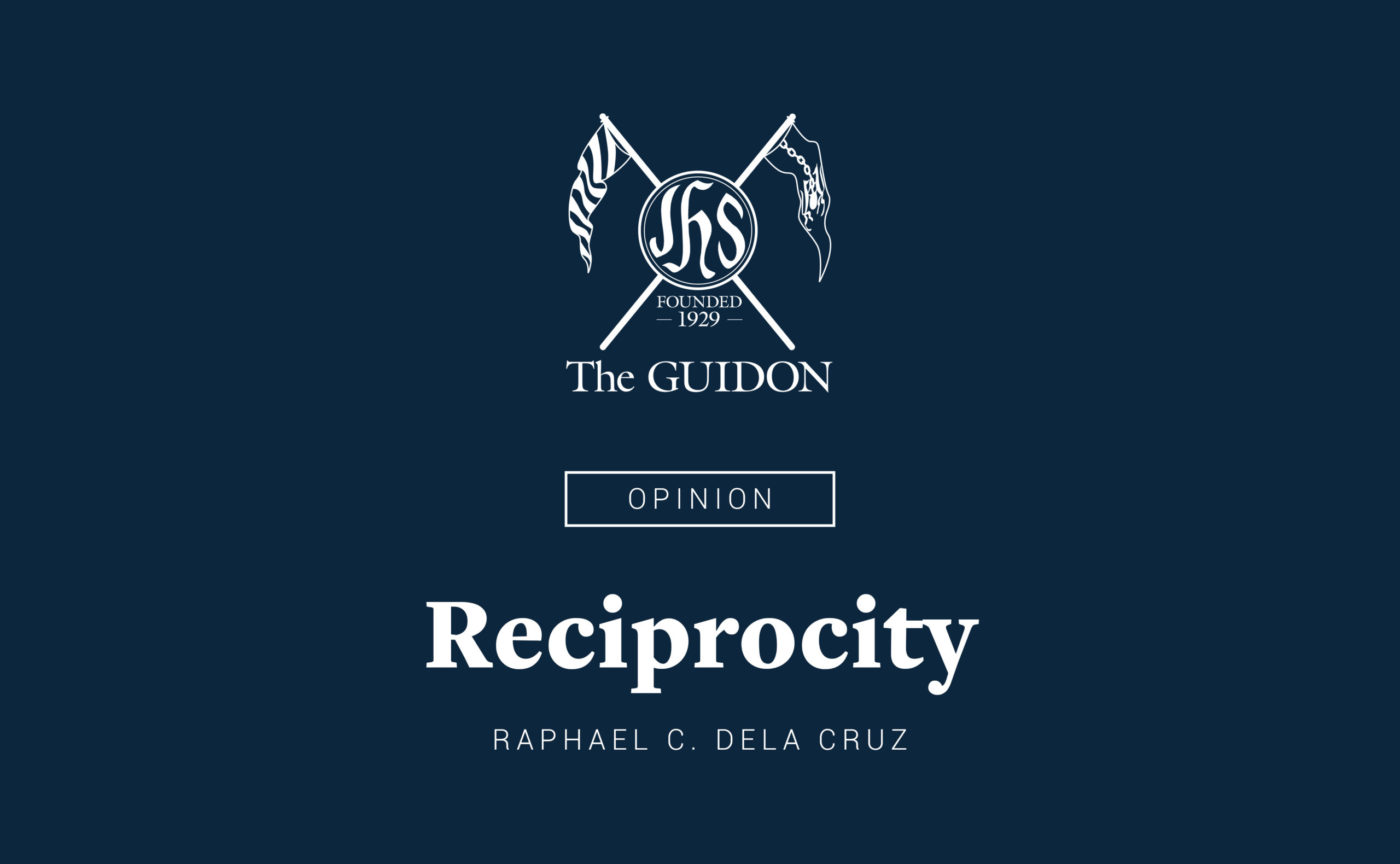“A GOOD thing to think about is what kind of face to make when you say please,” Ruth Krauss wrote in what would be her last children’s book, Open House for Butterflies. I encountered this quote while looking through archives for an essay I wrote in my freshman year. I remember taking a moment to take in the magnitude of her message, scarcely believing that Krauss intended for it to be understood by such a young audience. Perhaps she saw her audience to be more than just starry-eyed children, or she considered parents as part of her audience. Perhaps not. Either way, the complexity of the quote made me rethink, more than ever, the intention behind each act of courtesy we do.
I can argue that courtesy gives an individual the power to command a stranger. Imagine someone saying, “Please move your bag,” and compare that to someone who says, “Move your bag.” Now, imagine yourself as the person who must fulfill the request. How fast would you react to “Please move your bag” and how long would you glare at that person if they said, “Move your bag”?
However, courtesy is not merely normalized societal commands that can be utilized for one’s benefit, nor is it a value that must be upheld simply because it is good for the world. Instead, it serves to bridge the gap between individuals, ultimately providing a platform for genuine interaction to occur.
A friend of mine always reminds me of this facet of courtesy. The two of us have gone on countless pilgrimages and excursions together, and I could probably tell a story for every place we went to, but the one thing that stuck with me throughout those trips was how he conducts himself in any environment. No matter where we went or who we met, he would always know how to act around strangers. After being friends with him for years, I noticed that every interaction would always follow a similar pattern.
Meeting someone new was like a dance to him, but he never danced to someone else’s rhythm. Rather, he composed his own as if he was the conductor and the people around him were his orchestra. “Oh hello, I’m Claudio. Nice to meet you,” he would say, never failing to extend his hand and smile whenever he introduced himself. Then one question after another would follow suit as if to help accentuate the already mesmerizing tune that he was creating.
Interestingly, the people he would interact with never confronted his manners with rudeness. Instead, they would be looped into his performance, constantly tripping over themselves to keep up or, in some cases, challenging his politeness with their own.
It is through Claudio that I realized the true value of courtesy. Being kind to people does not have to sprout from healthy soil. Rather, the power of kindness and courtesy lies within our ability to take the reins during interactions with people we may not know. Courtesy reaches its peak when, in those instances of jockeying for position to establish who is more courteous, it contributes to an atmosphere fit for interaction between two or more people.







